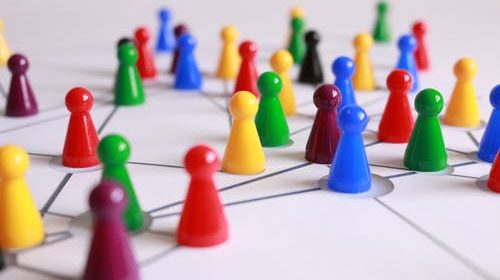Closing deals is not just a simple transactional game, it involves a lot of factors that influence the decision of the buyer at every stage of the sale cycle. That’s why Game Theory works best here as it lays out all the possible actions and their outcomes in front of you before they even happen, giving you the edge to perform better and increase your probability of closing the deal.
There are a few elemental procedures that can improve your shot at getting what you want. Game theory will prepare you at every step of the sale cycle and increase your chance of closing the deal at every step. Below are 2 of many theories that game theory has to offer.
1.Nash equilibrium: The Nash is a proposed solution of a non-cooperative game involving two or more players in which each player is assumed to know the equilibrium strategies of the other players, and no player has anything to gain by changing only their own strategy.
Although this is a formal definition and sounds a bit confusing, what it simply states is that in any situation, if you are faced with an opposing party, then the best decision you make assuming that the opposition’s decision will be unchanged and vice versa keeping in mind that the outcome has to be favorable for both the parties involved, you have entered the Nash equilibrium where you both make the best decisions for a favorable condition. The key word here is “if the opposition’s decision is unchanged”. People change their strategies all the time depending on many factors like situation, influence, time etc. But Nash equilibrium only works if the decisions of all the parties involved are not changed. Then the only way to get to Nash equilibrium is to create trust.
As a business/sales executive your job is to inculcate trust in the equation and get to Nash equilibrium. When there is trust, the buyer will be interested in what you or your business have to offer. To ensure trust, you need to let the buyer know that you have his best interest at heart. There are many ways to ensure trust in the relationship.
2. The theory of backward induction: This theory states that in order to increase your chances of closing your sale, you need to reason backwards to determine your best actions. For B2B companies, the sale cycles are a little longer and involves quite a few communications between you and the buyer of your product. Every communication is a step towards your end goal and how you communicate will determine if you close the lead or not. The theory of backward induction states that in order to make the right moves at every step, think backwards keeping your end goal in mind. When you think backwards from the end goal to the point where you are now, you force yourself to open up the series of possible actions to take with possible consequences. This process forces you to think of possible outcomes of the every move that you intend to take. This way, you can plan some backup moves if you find that some consequences don’t align with your backward reasoning.
Note that the consequences may vary if you and the buyer has not reached the Nash equilibrium. Which means you need to build more trust before you make the next move. And once you keep on tweaking the trust building process with every step you take towards the end goal, you will see that the buyer’s move (or response) will align with the consequences that you have anticipated while reasoning backwards.
You have to set your communication into this positive vicious circle where, with every approach, you are building trust with your prospect and tipping the Equilibrium in your favor. Pretty soon, you will be able to develop a mental script wherein you can easily maneuver the conversation to your benefit. That’s the end goal of this Game.

